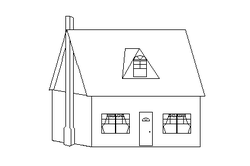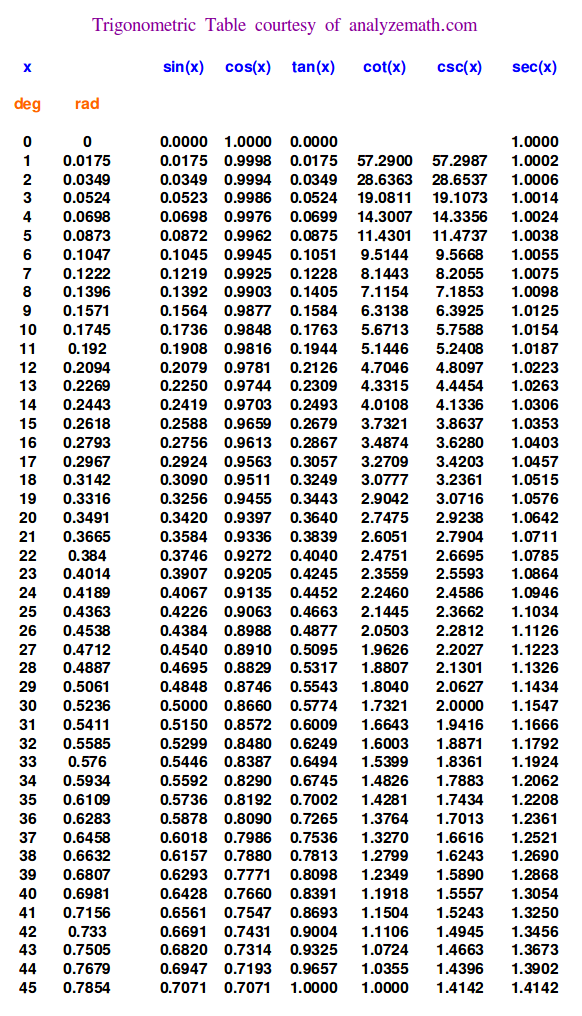How to Calculate a Roof Pitch in Degrees
The angle of roof pitch definitely factors into the roof replacement cost. A steep roof sheds water faster, although inherently more dangerous to work on. A roof with a low pitch has an increased chance for water leaks and ice damming; thus requiring a more intensive waterproofing system. Roof pitch angle often referred to as "12/12," "8/12," "6/12" and so on. But how do you determine the degree of that angle? I'll do my best to explain with this tutorial.
 45 degree angle 45 degree angle
3. Determine the angle, if you can do it safely, by taking a 12 inch Level and a Protractor up onto bare underlayment or standing seam roofs (sheet metal). Hold the Protractor, flat edge down, on the roof. Center the bottom of the Level with the center or pivot point of the Protractor. Center the horizontal bubble and read the corresponding degree measurement. Less accurate on a composite or slate shingled roof, because the angle of each shingle lessens the angle of the next. You would have to span at least three rows of shingles in order to come close to being accurate.
4. Purchase a device called an 'Angle Finder' or a 'Roof Pitch Angle Finder,' for an easier and much safer method to determine roof pitch angle. Small enough to fit into a tool pouch and operate single-handedly. With this tool, you can easily find the angle by setting it on a smooth surface, lining it up flush with the edge of the underlayment or the rake board under the side of a Gable roof. This tool features a Protractor scale and a floating indicator arrow. No math involved! Tips * Click to enlarge the Trigonometric Table above. * Have attic or crawlspace access? Put your Protractor or Roof Angle Finder against a roof truss or underlayment for a more accurate read! Warnings * Never chase something off of a roof. If you drop it, let it go and yell 'HEADS UP!' Copyright 4/18/2009 All Rights Reserved. Questions? Comments? Contact Me |
#ad |




